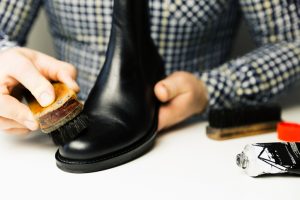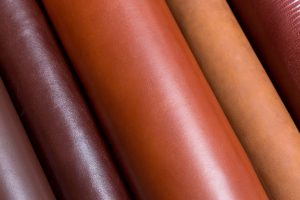What Is Bonded Leather? The Ultimate Guide to Bonded Leather
It can be overwhelming to shop for leather items when there are so many options available in the market. From genuine leather to the more affordable bonded and synthetic leathers, understanding the pros and cons of each can guide your decision-making process, ensuring you get quality and value tailored to your specific needs.
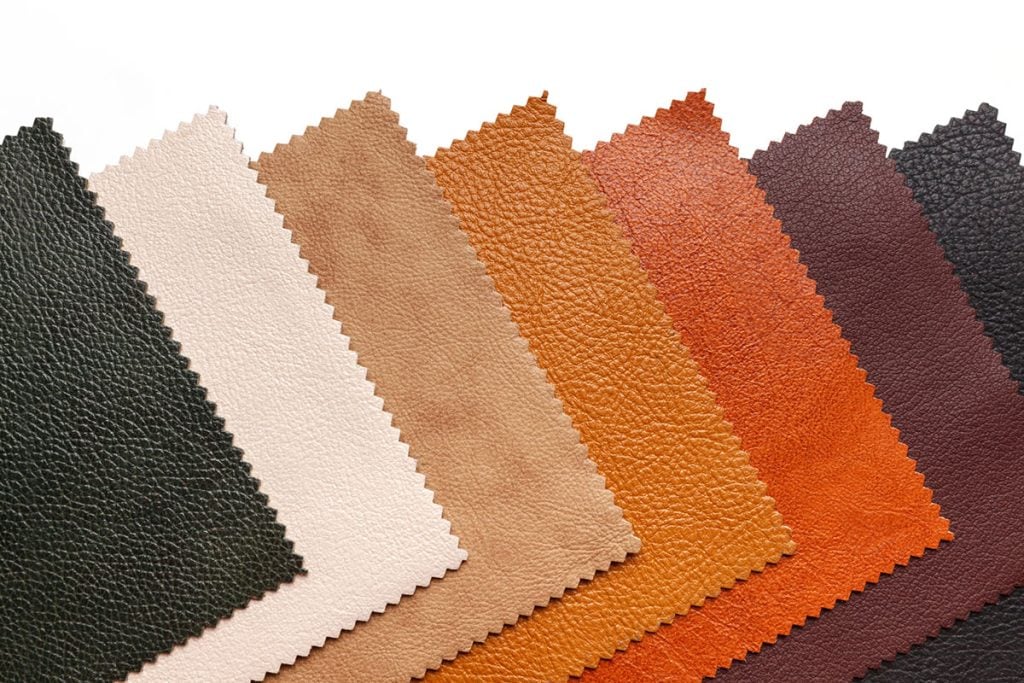
In this blog, we’ll discuss the characteristics of bonded leather, common uses, how to care for bonded leather items, and help you discover whether bonded leather is the right choice for you.
What Is Bonded Leather?
Bonded leather or reconstituted leather is a mixture of shredded leather scraps and fibres, which are bonded together with polyurethane or latex onto a fibre sheet.
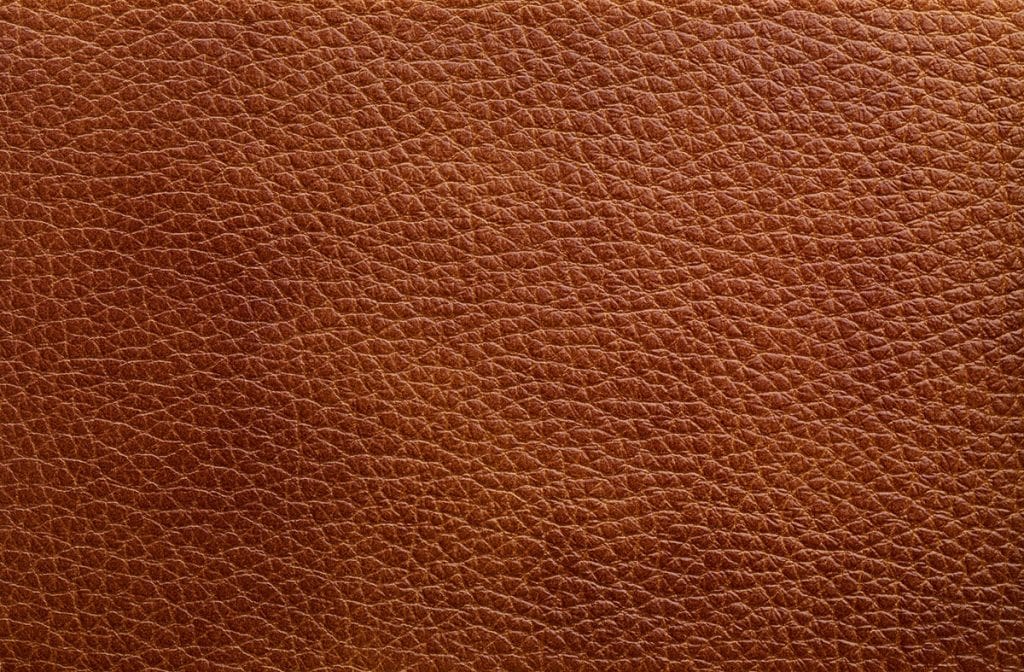
It is created by grinding leather remnants and fibres into a pulp, which is then layered between a fibre cloth and a polyurethane layer. This composite is embossed to achieve a texture that closely resembles natural leather.
It’s important to note that bonded leather is not real leather. However, there is some leather content in it. The amount of real leather in the mix usually ranges from 10% to 20%, which may influence the texture, durability, and appearance.
Bonded leather is typically finished with a polyurethane coat and embossed to give it a more natural leather-like texture. It is less expensive and more environmentally friendly than genuine leather.
Key Qualities of Bonded Leather
Aesthetically, bonded leather can be almost indistinguishable from genuine leather at first glance, making it an attractive option for furniture, bags, and other accessories.
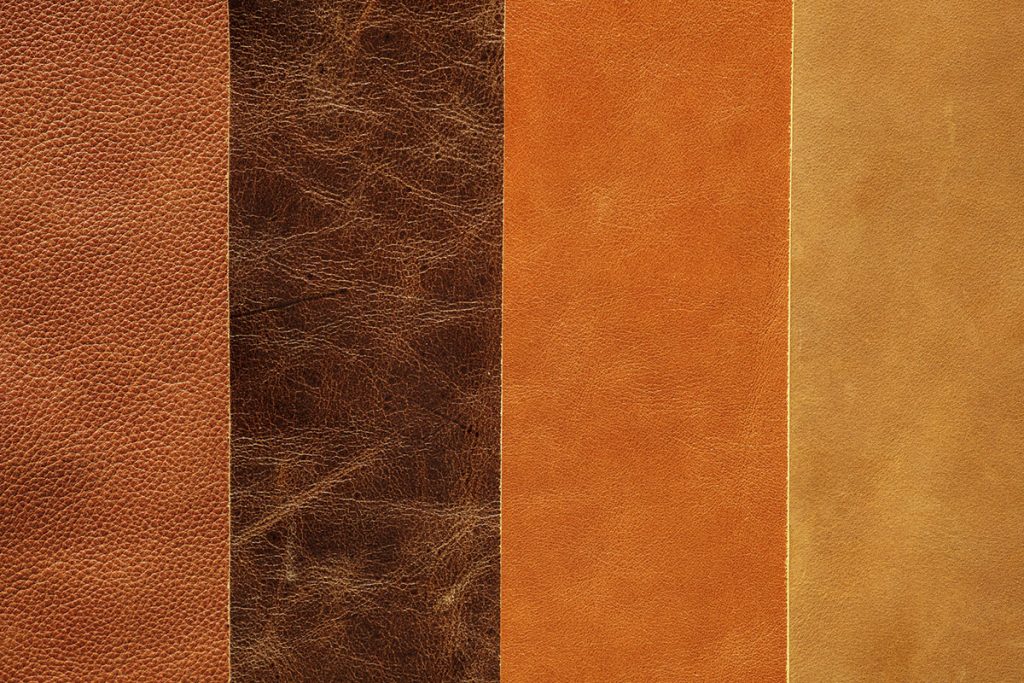
The texture of bonded leather is engineered to feel similar to real leather, offering a smooth, consistent surface. When it comes to durability, bonded leather performs moderately well but does not have the longevity of genuine leather, as the bonding materials can degrade, leading to peeling or cracking.
Additionally, bonded leather is more sustainable, using recycled leather scraps, and is easier to clean and maintain compared to genuine leather. However, its shorter lifespan and potential for wear and tear should be considered when evaluating its overall value.
Popular Uses of Bonded Leather
Bonded leather is typically used for sofas and chairs, as it offers an affordable alternative to genuine leather. Its ability to replicate the look and feel of natural leather makes it a popular choice for budget-conscious consumers looking to furnish their homes or offices with stylish yet cost-effective furniture.
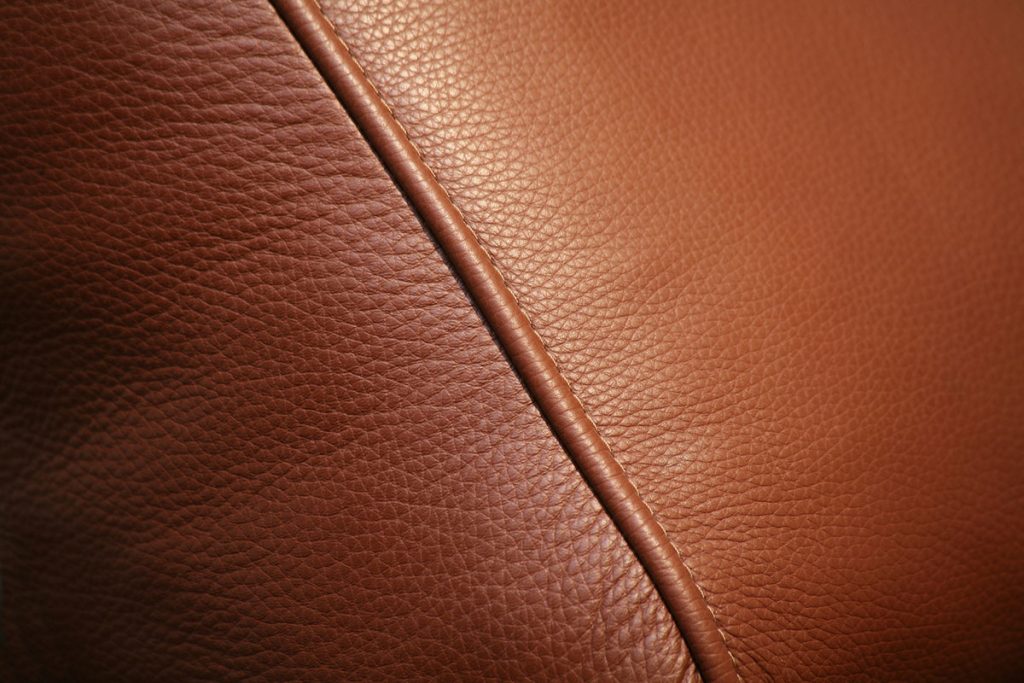
Bonded leather is also a popular choice for accessories like belts, bags, and wallets. It also benefits from bonded leather’s durability and lower price point, making it accessible for everyday use.
Additionally, clothing items like faux leather jackets also use bonded leather, which provides a cruelty-free alternative to genuine leather. This allows designers to create fashionable and affordable pieces that are kinder to animals and the environment.
Bonded Leather vs. Real Leather
Real leather will always be more durable than bonded leather and other types of faux leather. However, real leather comes with a hefty price tag. As a result, more people are now considering purchasing faux leather items instead of spending a fortune on real leather.
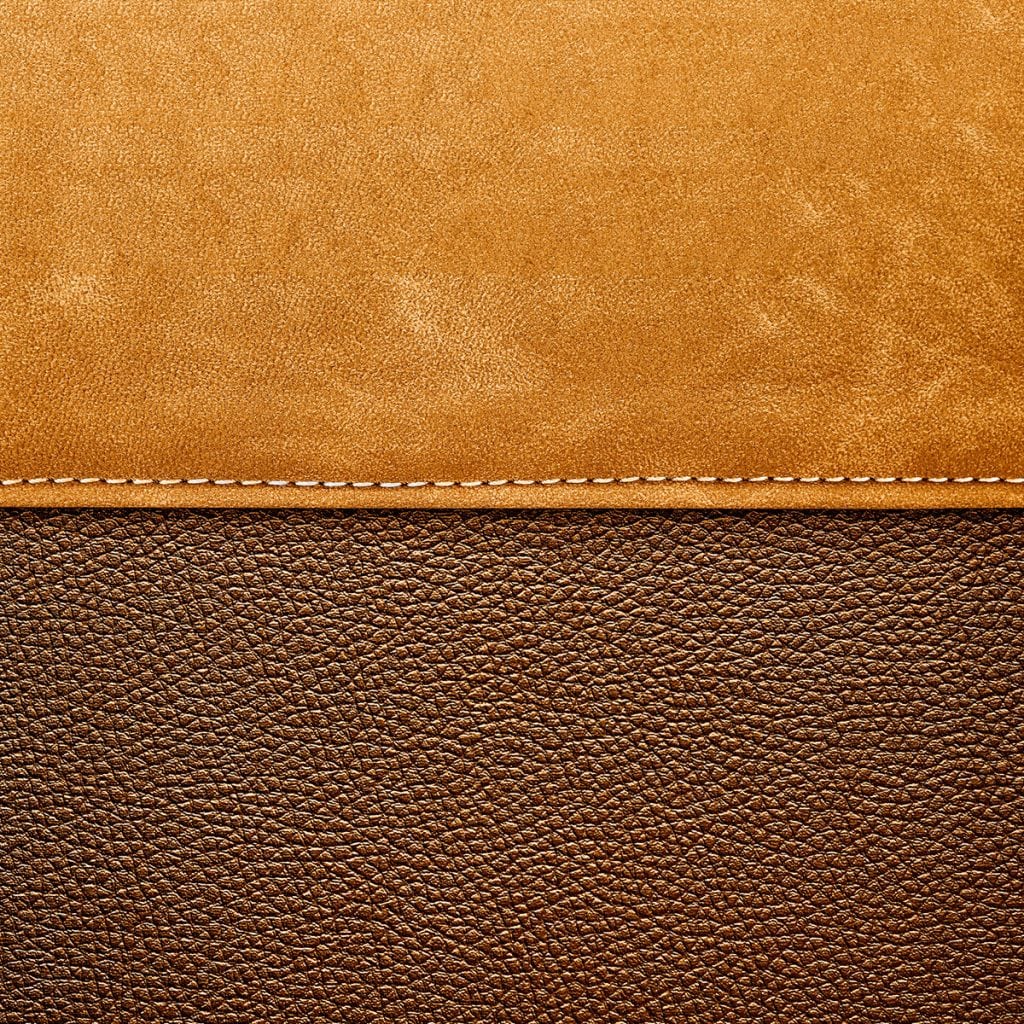
But, before you make that purchase, it’s important to be aware of the key differences between bonded leather and real leather to make informed decisions. Here’s a simple comparison of bonded leather and real leather:
| Feature | Bonded Leather | Real Leather |
| Composition | Made from shredded leather scraps and synthetic materials, bonded with adhesive. | Crafted from whole sheets of animal hide, fully natural. |
| Texture | Consistent and can be artificially textured to mimic real leather. | Unique texture with natural variations, soft and supple. |
| Durability | Less durable, prone to cracking and peeling over time. | Highly durable, ages well and can last for decades with proper care. |
| Cost | Generally less expensive due to the use of recycled materials and lower production costs. | More expensive due to the high-quality materials and complex tanning processes. |
| Maintenance | Easier to clean and maintain; less sensitive to moisture and abrasions. | Requires specific care and conditioning to maintain its appearance and longevity. |
| Environmental Impact | More sustainable as it uses leftover leather pieces, reducing waste. | Less sustainable, as it requires more resources for production and tanning processes can be environmentally damaging. |
| Appearance | Can be manufactured to look very similar to real leather but lacks the deep, rich patina that develops with natural leather over time. | Has a distinctive, luxurious appearance that can develop a beautiful patina as it ages. |
| Use Cases | Commonly used in budget-friendly furniture, accessories, and clothing. | Preferred in high-end products, luxury goods, automotive interiors, and quality footwear. |
How to Care for Bonded Leather
Although bonded leather products are less durable than real leather, they can still last anywhere from 2 to 5 years with proper care and maintenance.
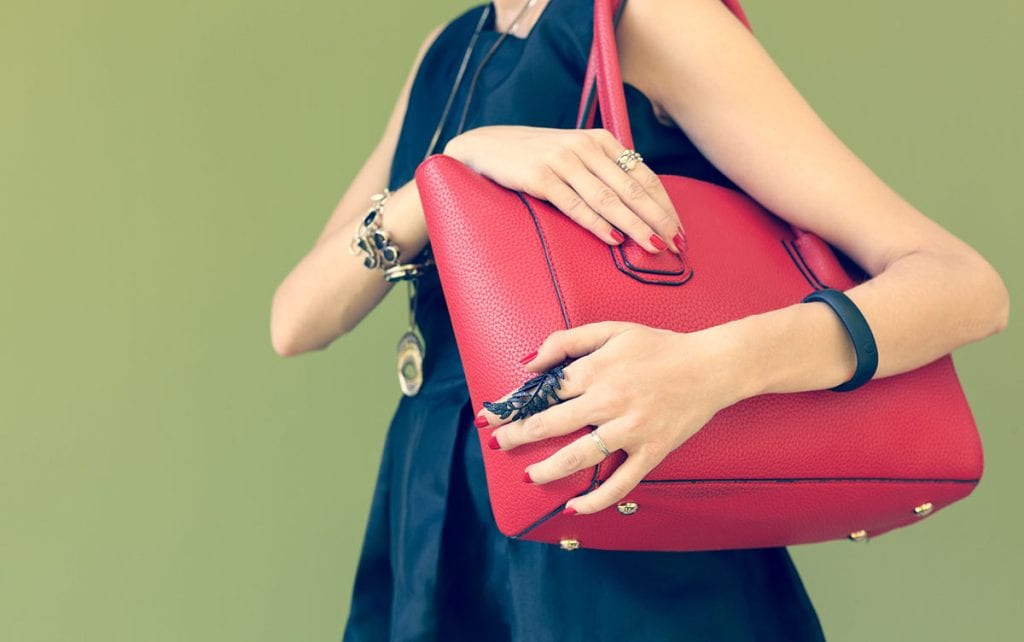
Here’s how you can care for your bonded leather items:
- Avoid Harsh Chemicals: Never use harsh chemicals, alcohol, or cleaning solvents on bonded leather as they can damage the surface and cause the material to degrade and peel. Stick to cleaners specifically designed for bonded leather.
- Condition Carefully: Although traditional leather conditioners are not recommended for bonded leather (they can actually contribute to the breakdown of the material), there are products made specifically for bonded leather that can help maintain its flexibility and appearance. Use these sparingly and according to the manufacturer’s instructions.
- Protect from Sunlight and Heat: Keep bonded leather furniture away from direct sunlight and heat sources like radiators or vents. Prolonged exposure can dry out the material, leading to cracking and peeling.
- Immediately Clean Up Spills and Stains: If spills occur, clean them up immediately with a dry cloth, then gently dab with a damp cloth if necessary. Avoid rubbing the spill, as this can push liquids deeper into the bonded material.
- Use Covers and Throws: For high-use items like sofas or chairs, consider using throw blankets or slipcovers to protect the bonded leather from wear and tear, spills, and stains.
Don’t forget to regularly clean your bonded leather items as well. You can opt to clean it on your own, but it’s highly recommended that you have it cleaned by professional leather cleaners from Love Your Leather, as they have the expertise and the right tools to ensure that your leather stays in top condition without risking damage.
Final Thoughts
Although bonded leather is considered less durable than genuine leather and is vulnerable to scratches, peeling, and flaking, it still offers a practical solution for those who frequently update their wardrobe or furnishings without excessive spending.
With the proper care and maintenance, you can make your bonded leather last much longer. Regular cleaning, avoiding direct sunlight, and using the right products for protection will help preserve its appearance and extend its usability.

